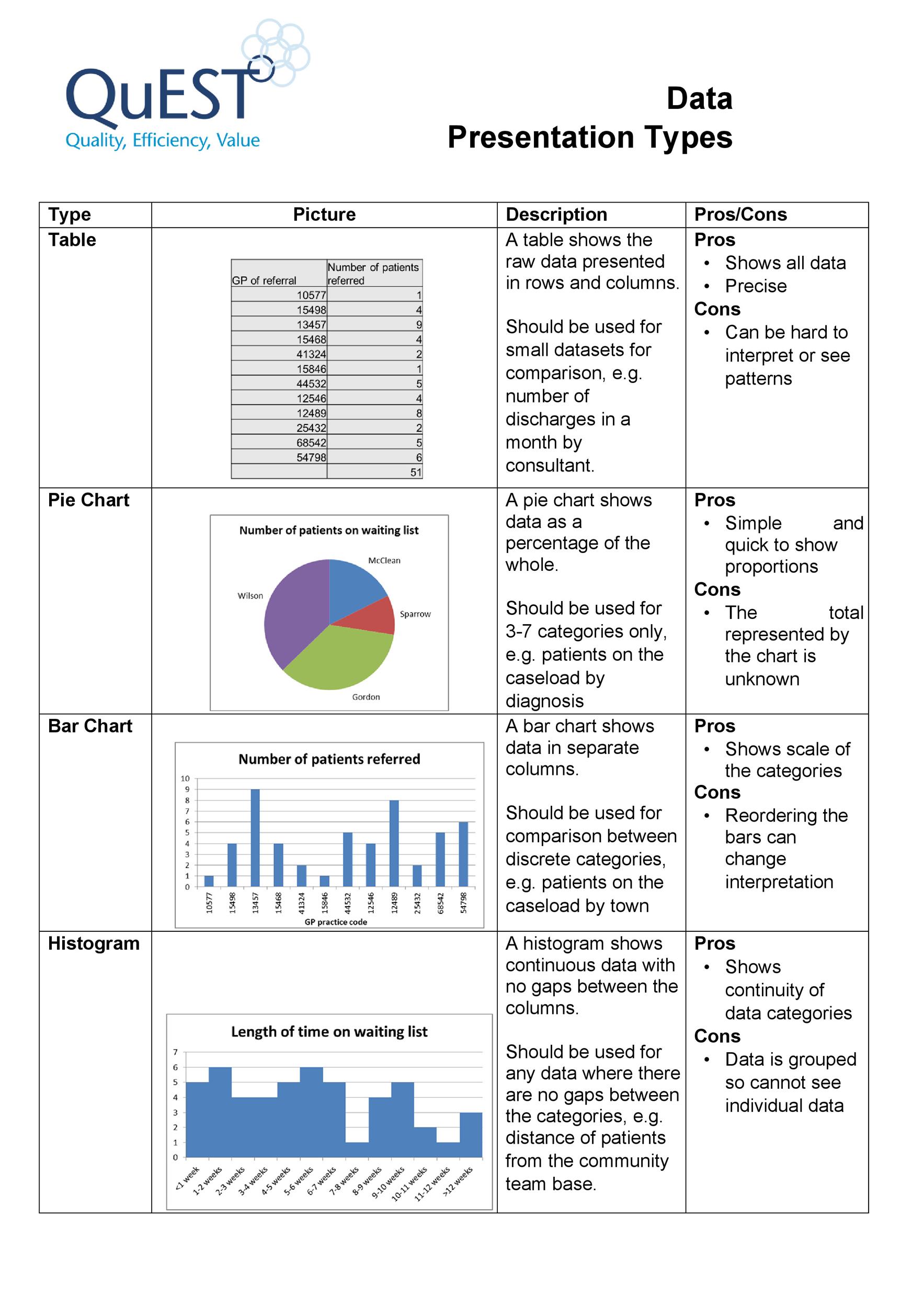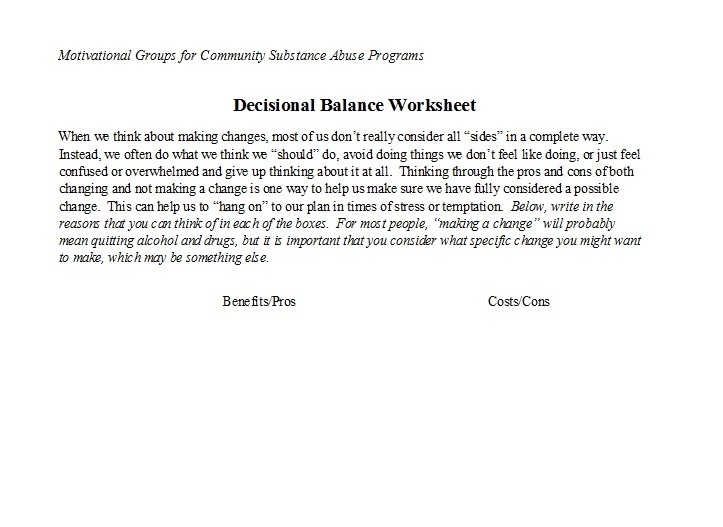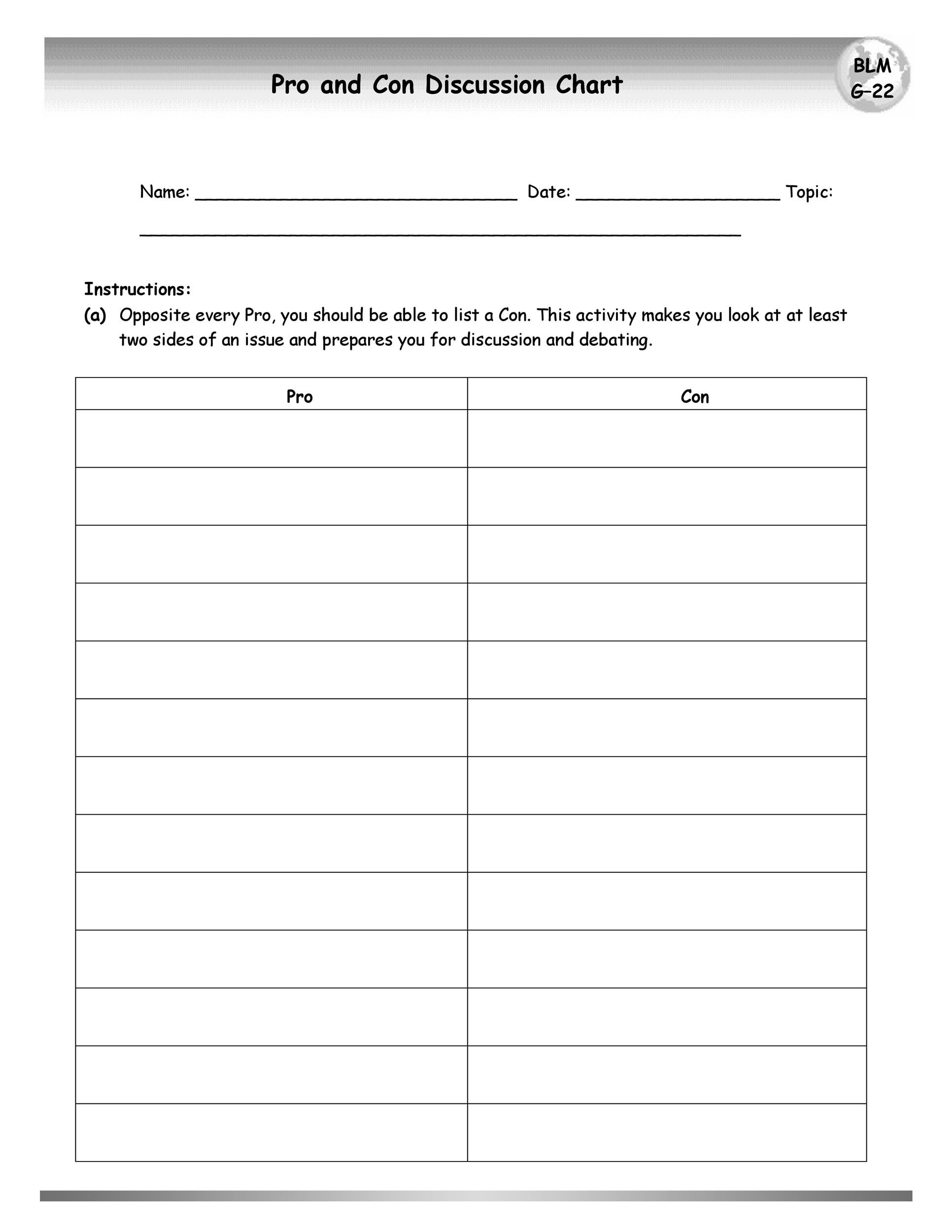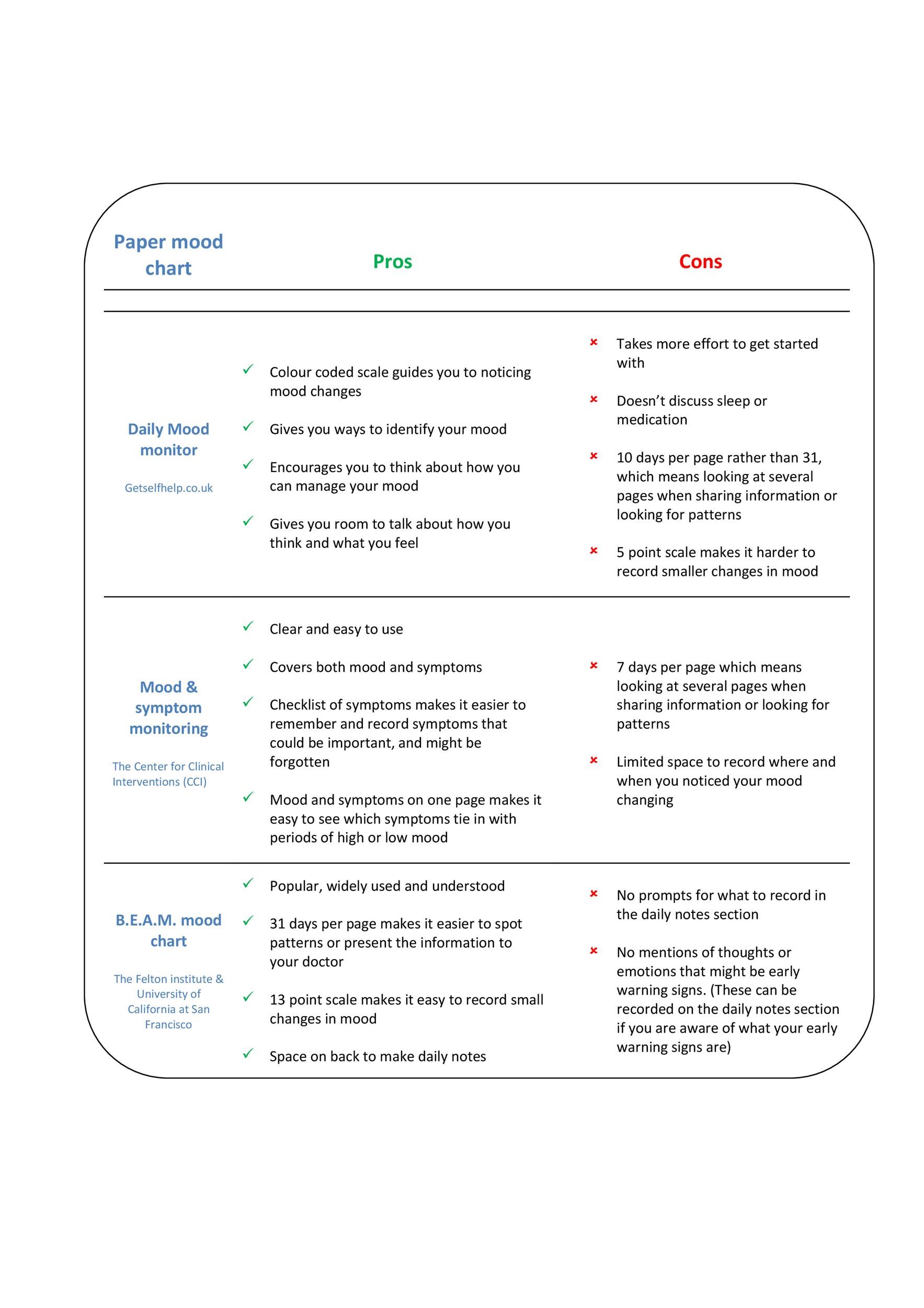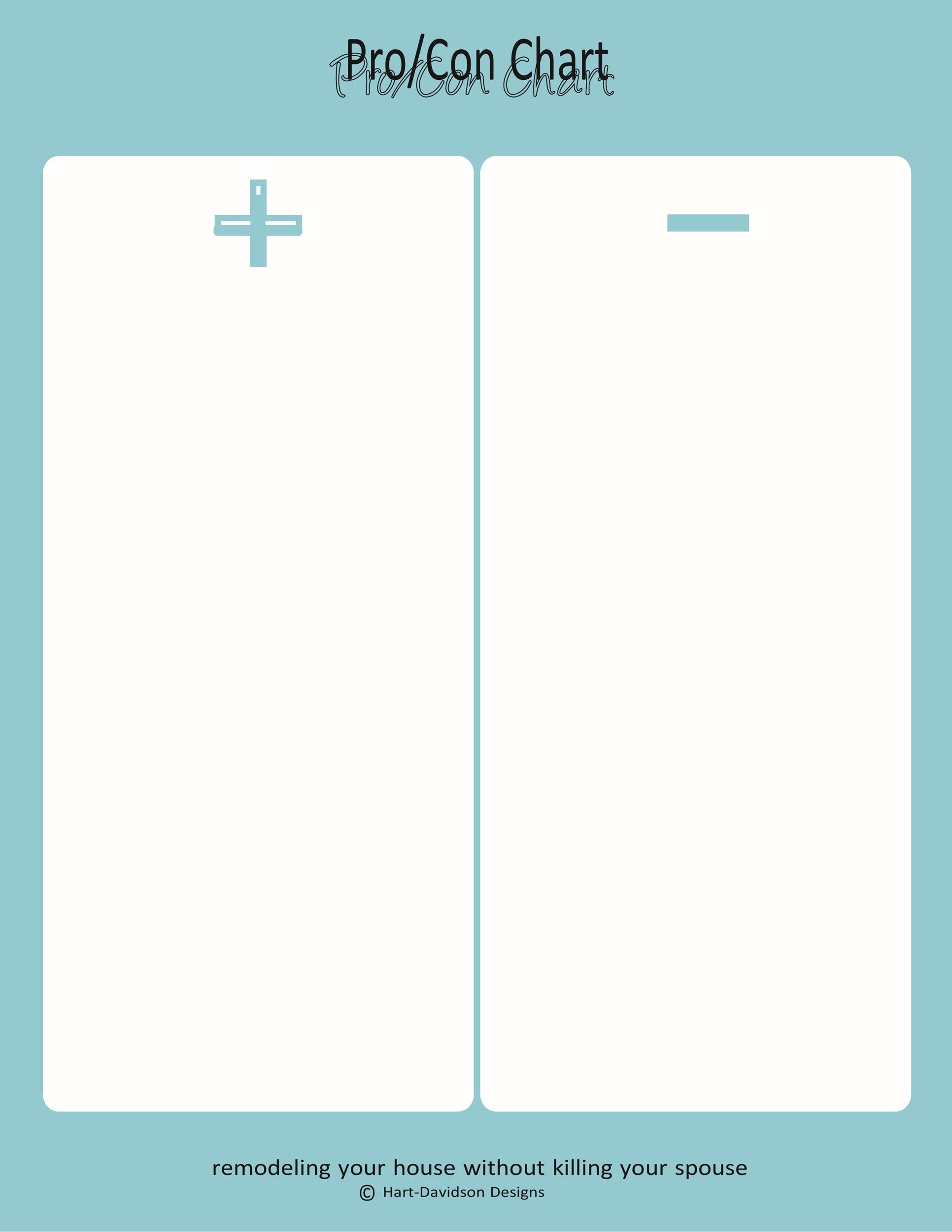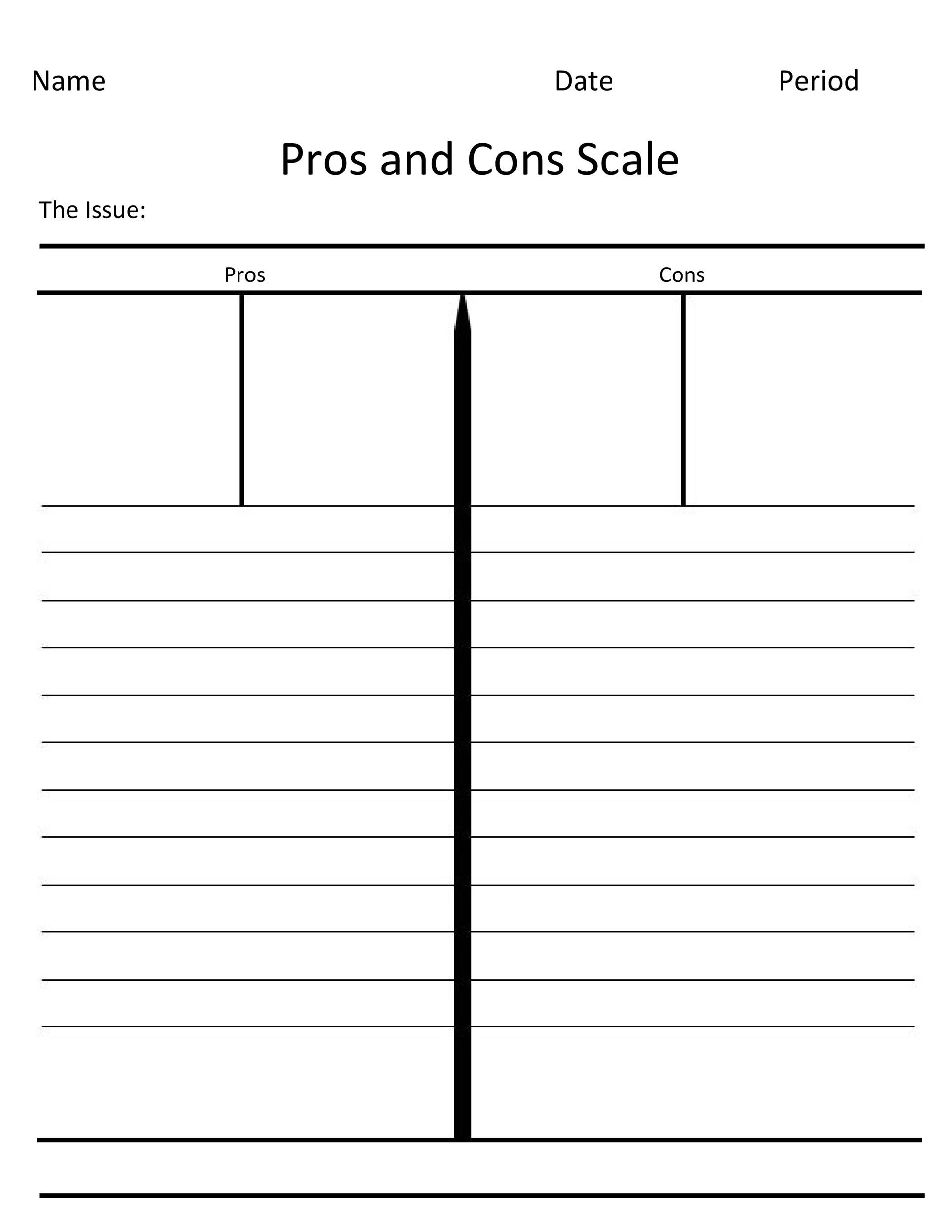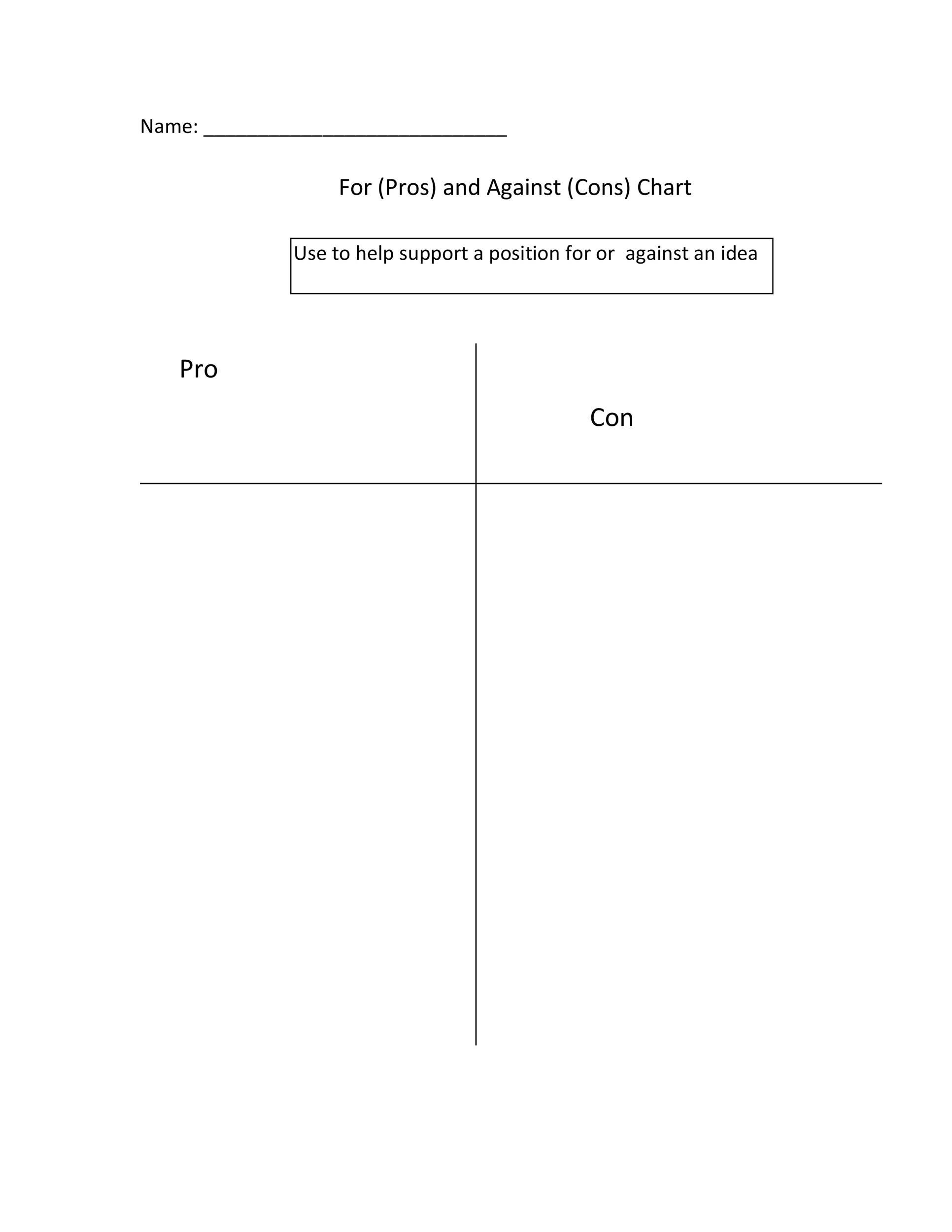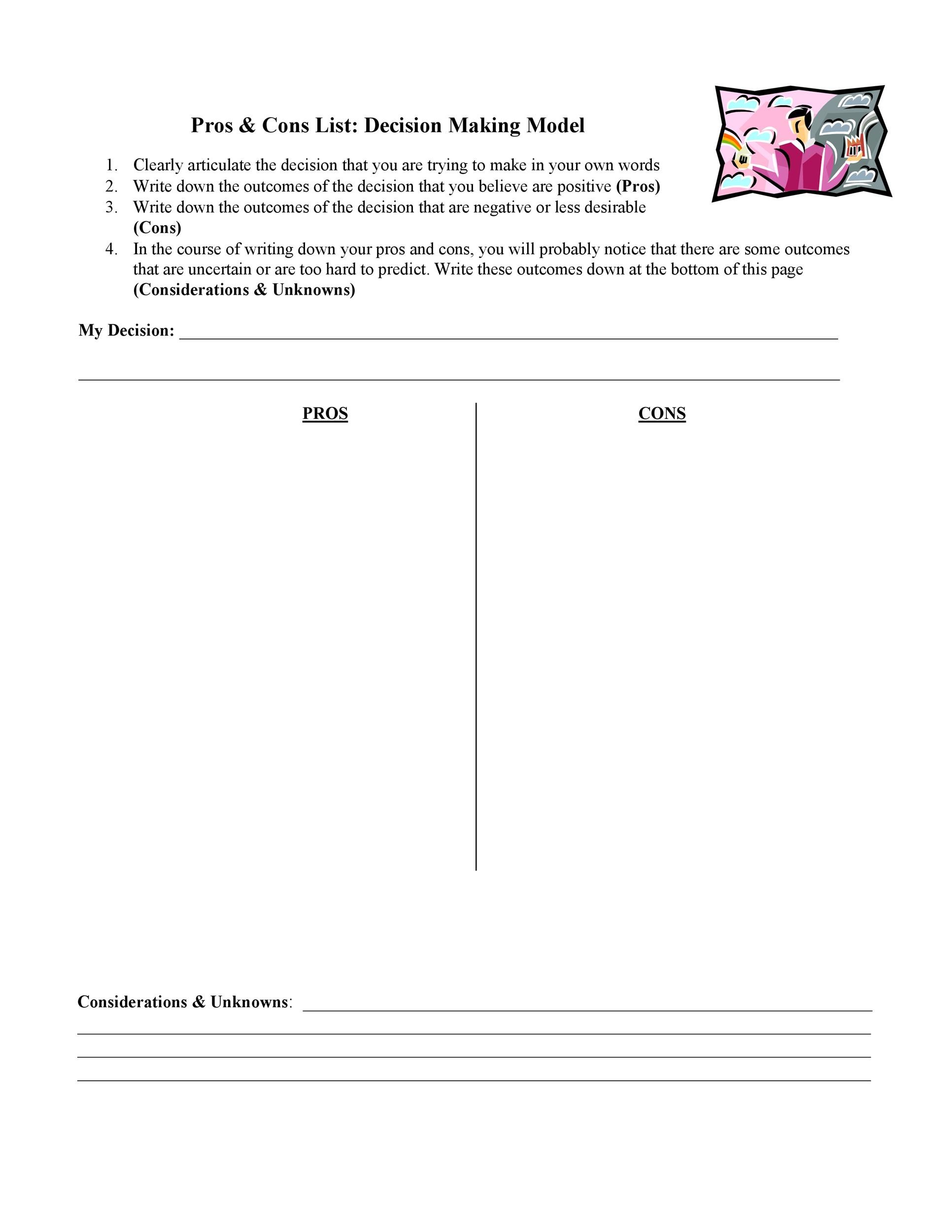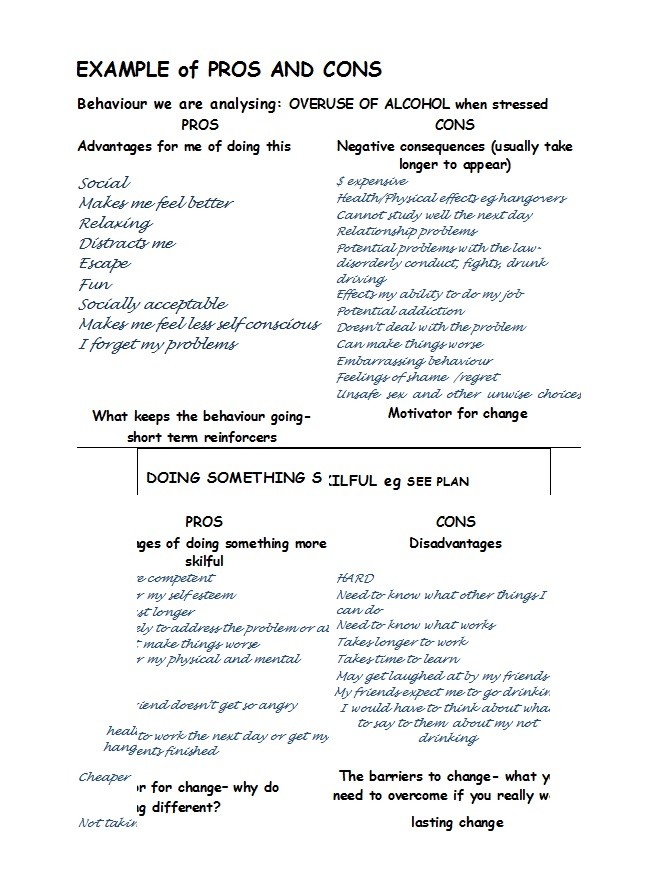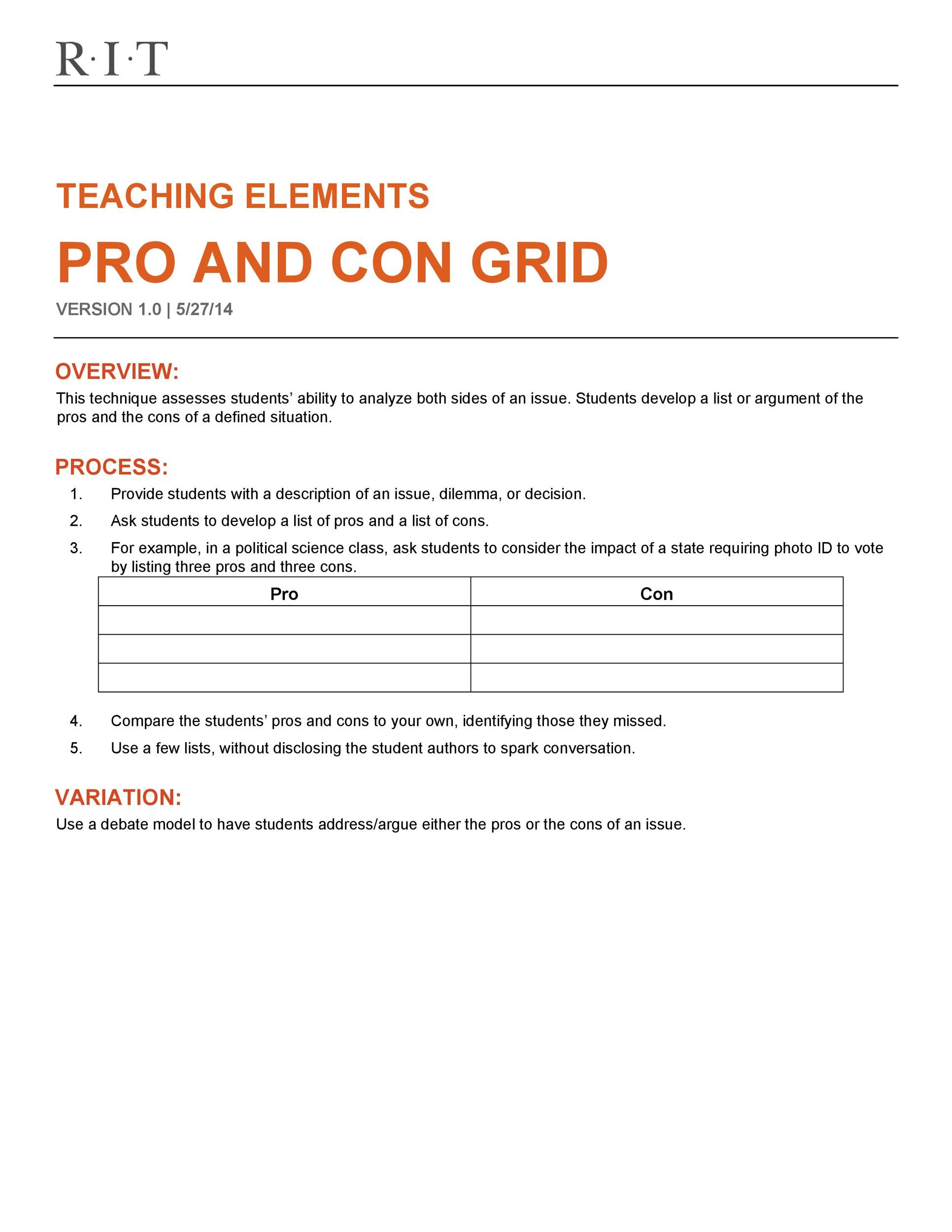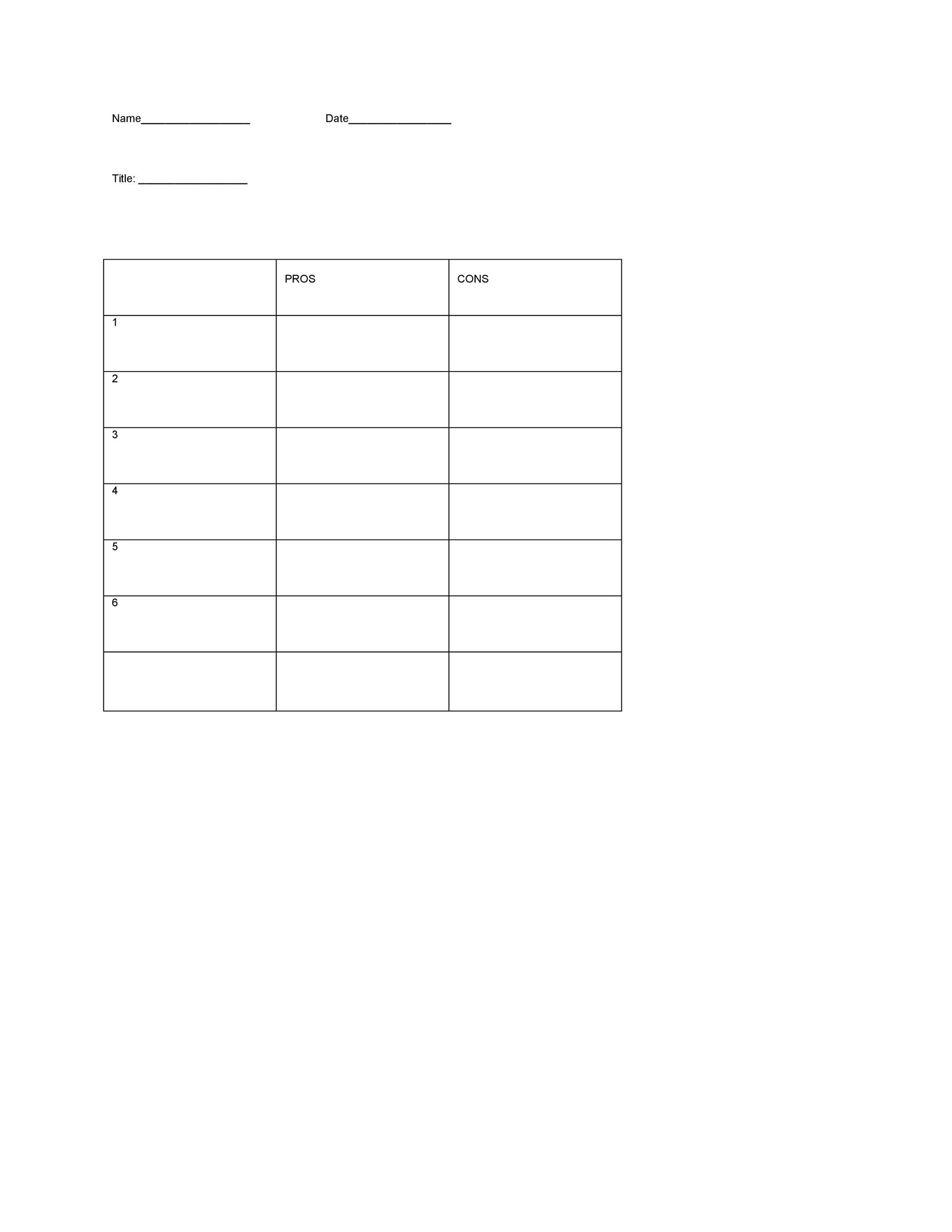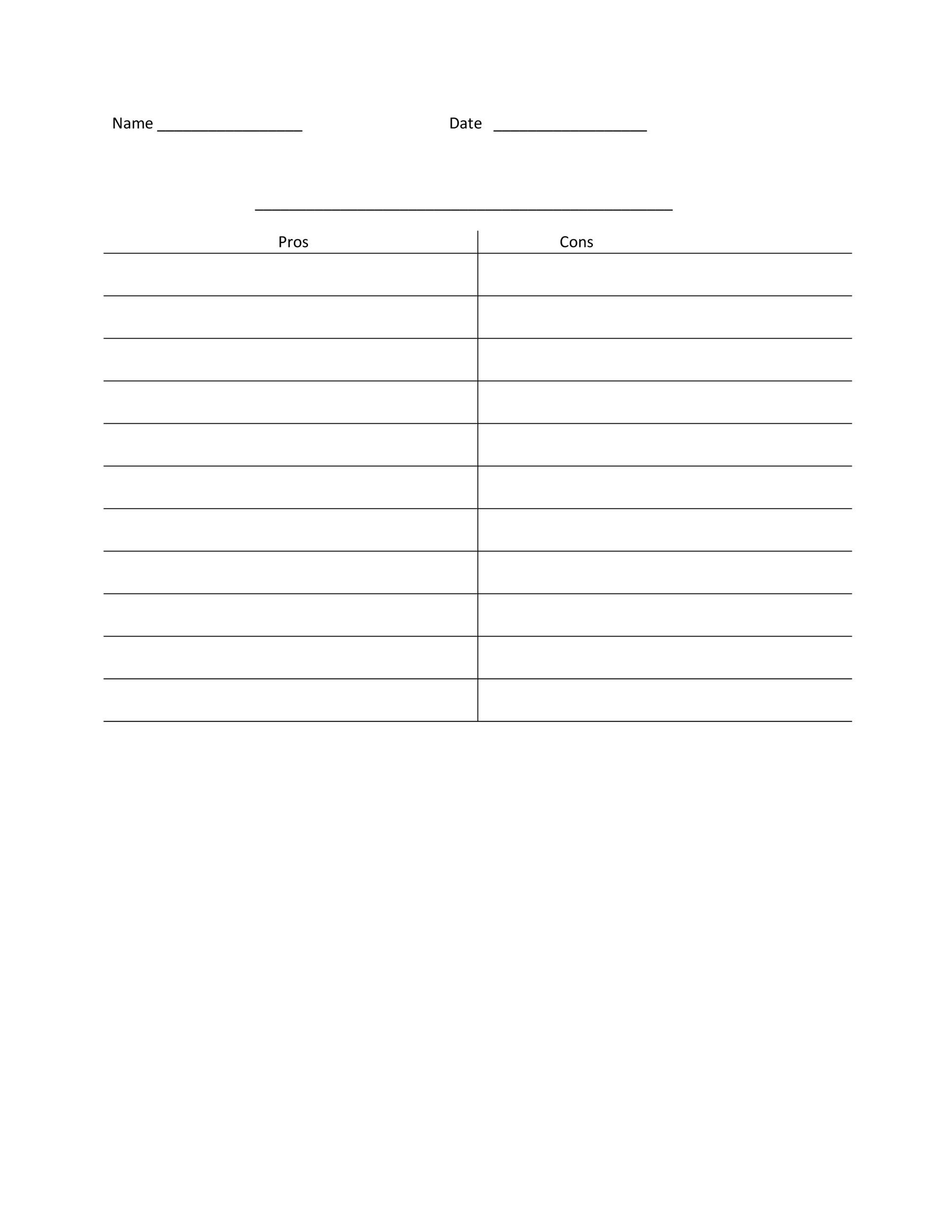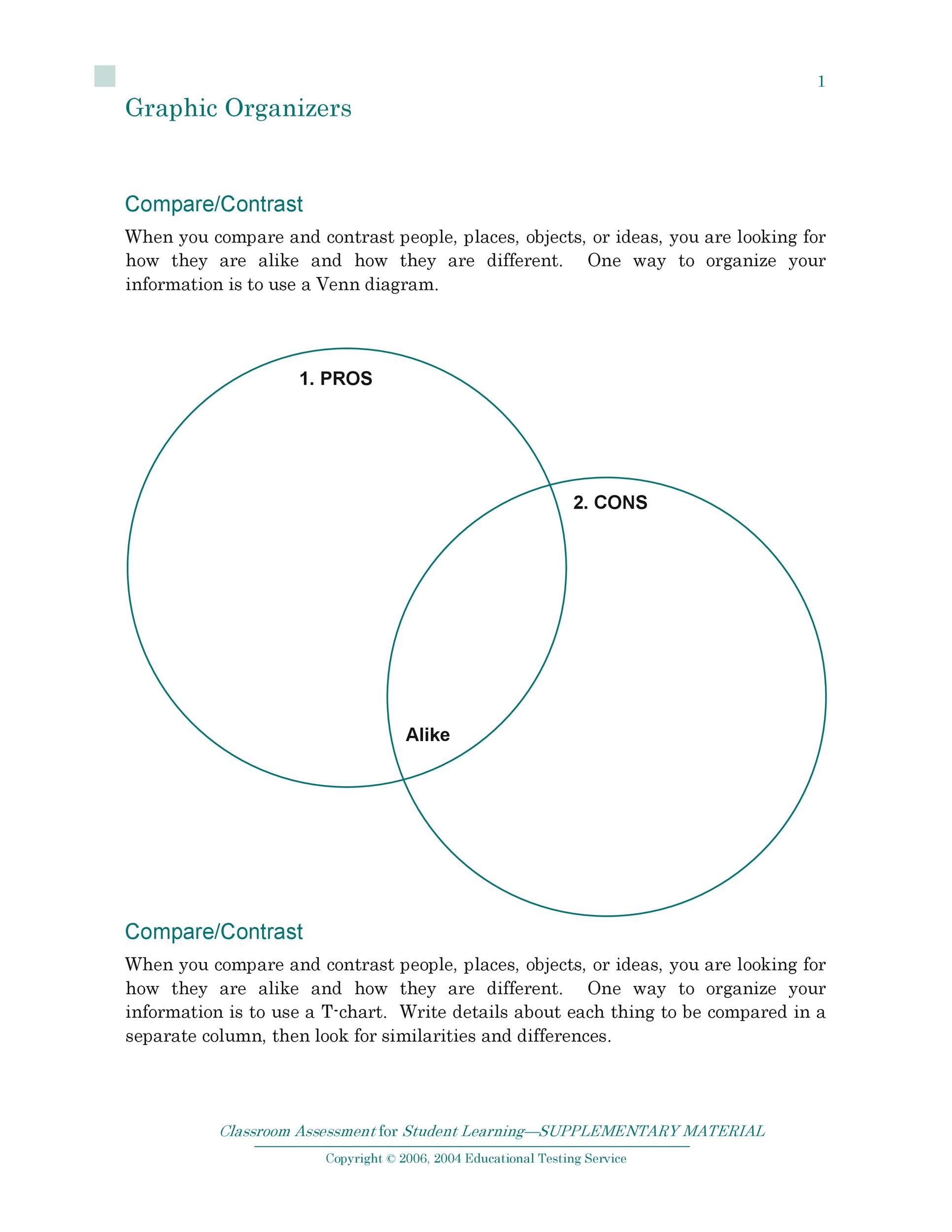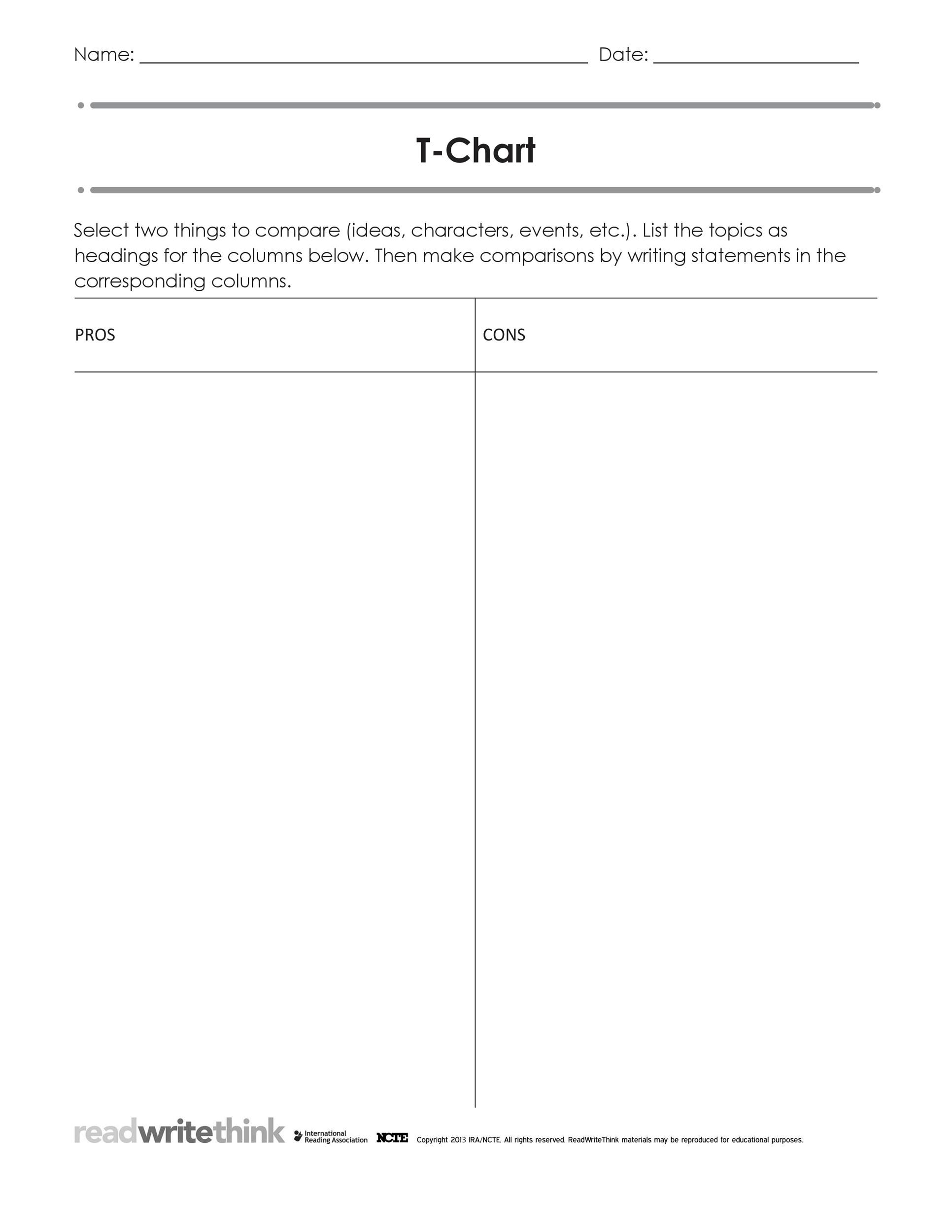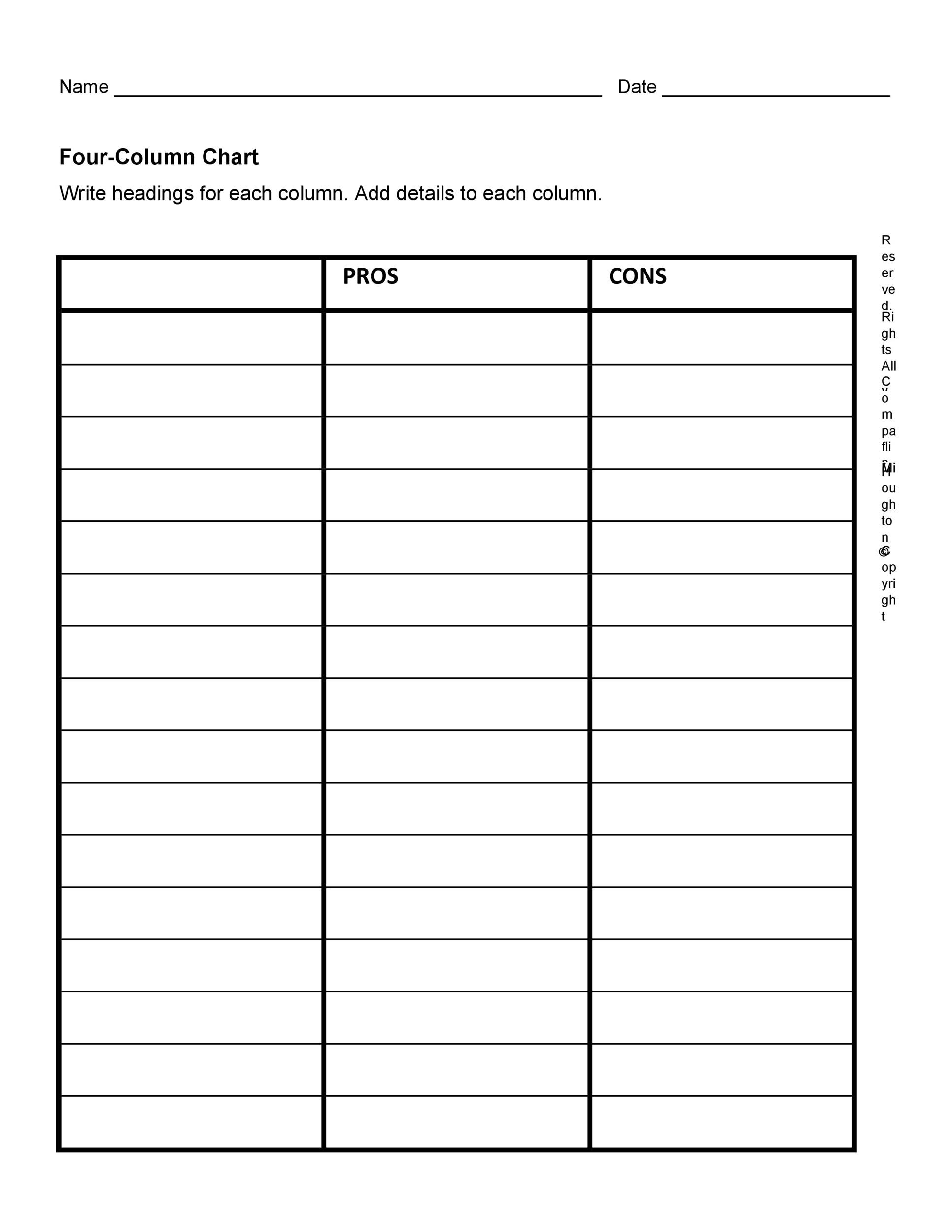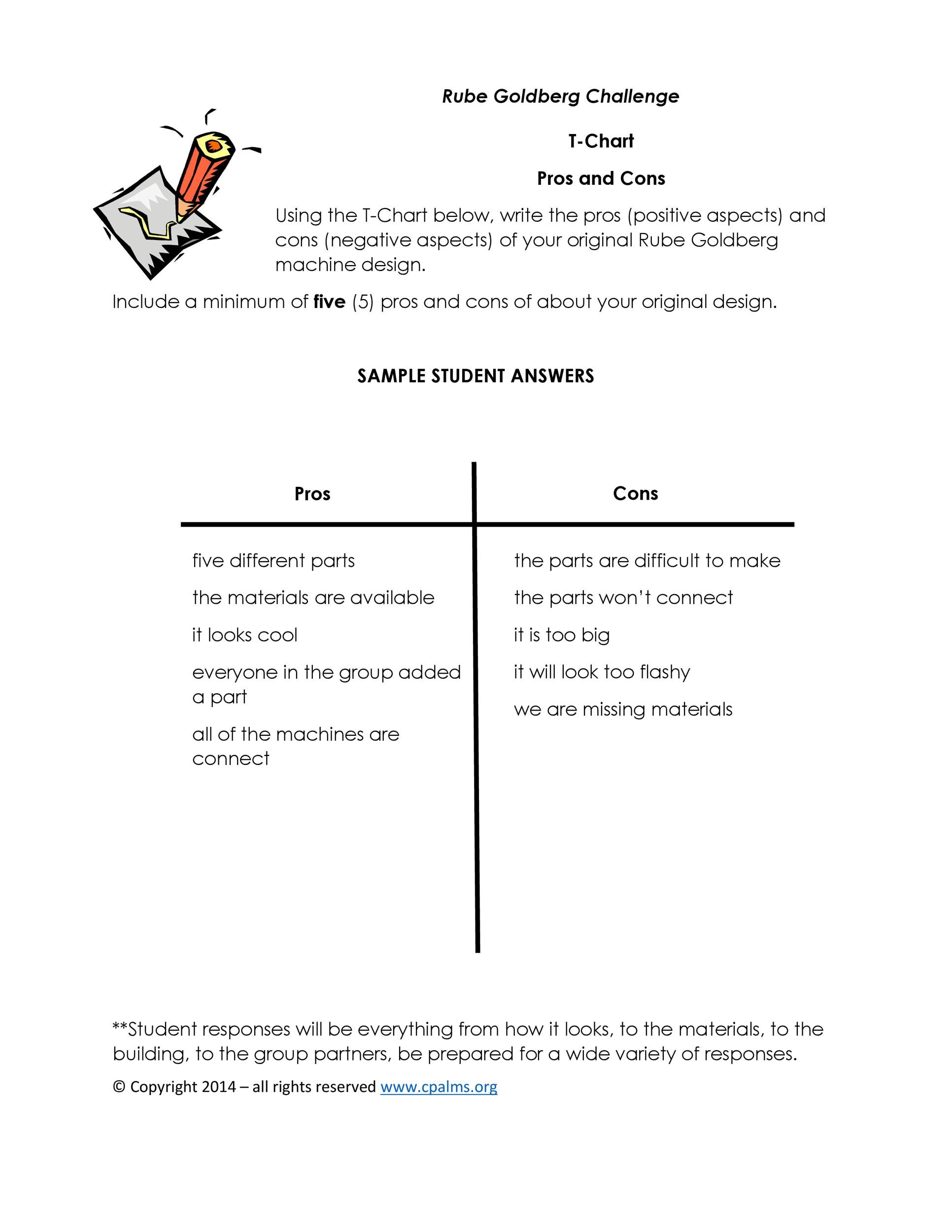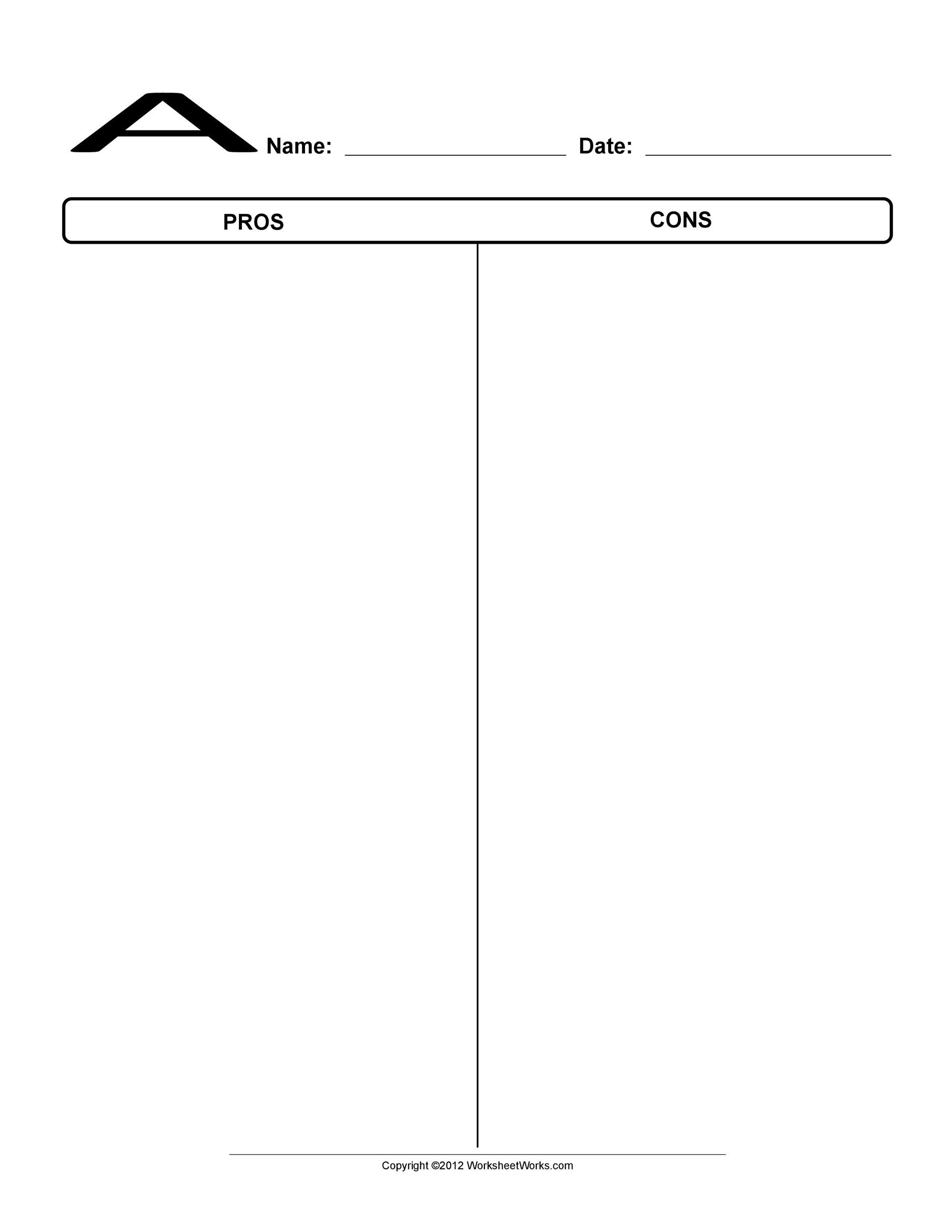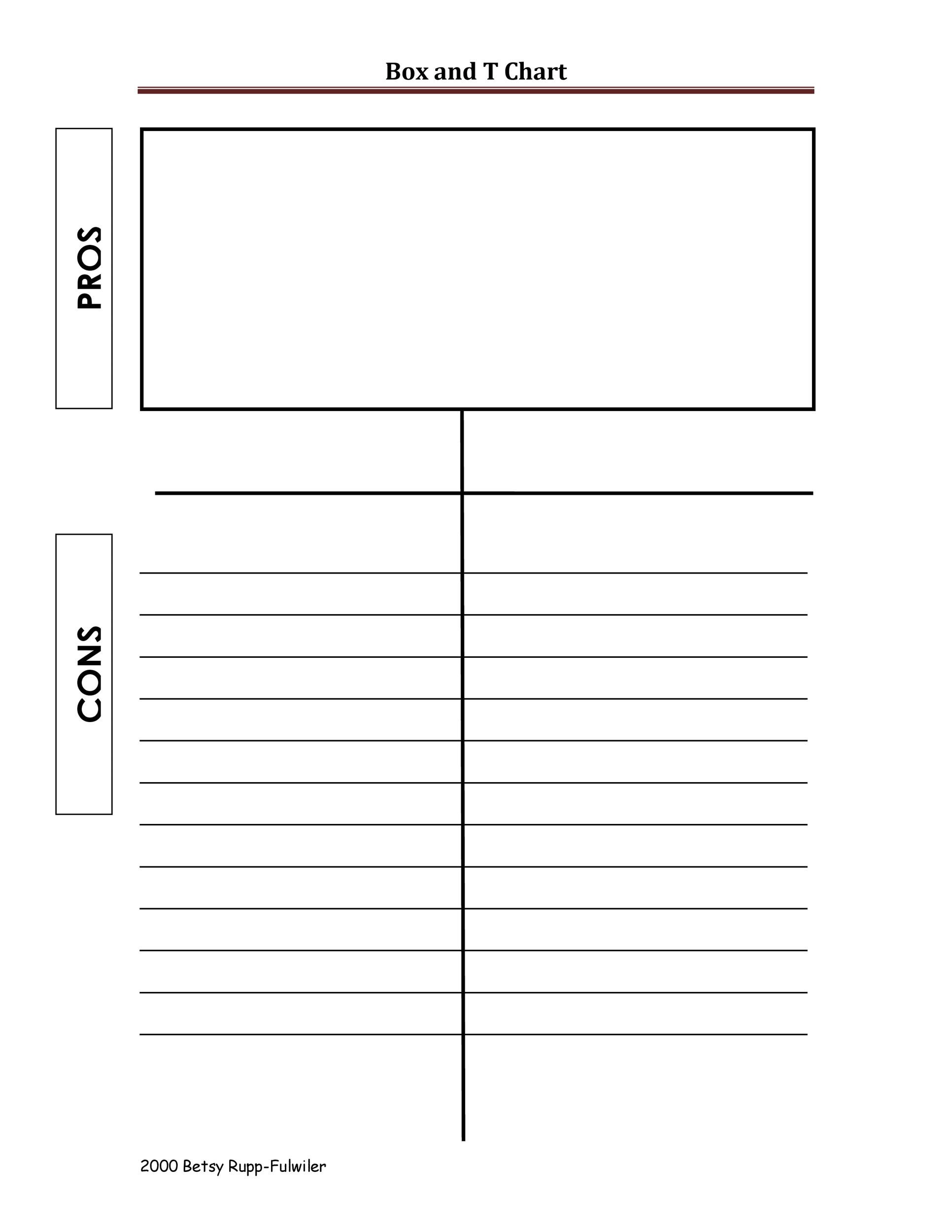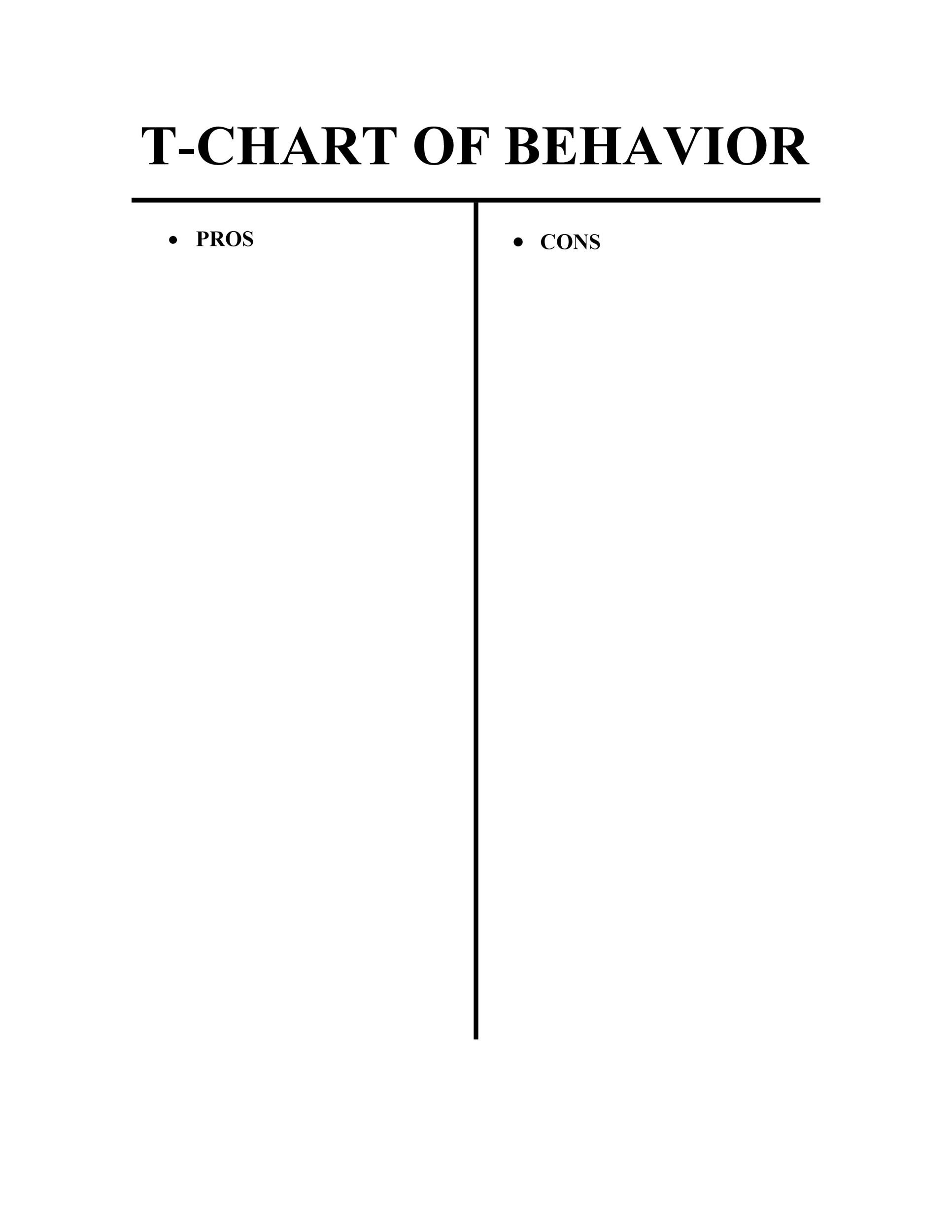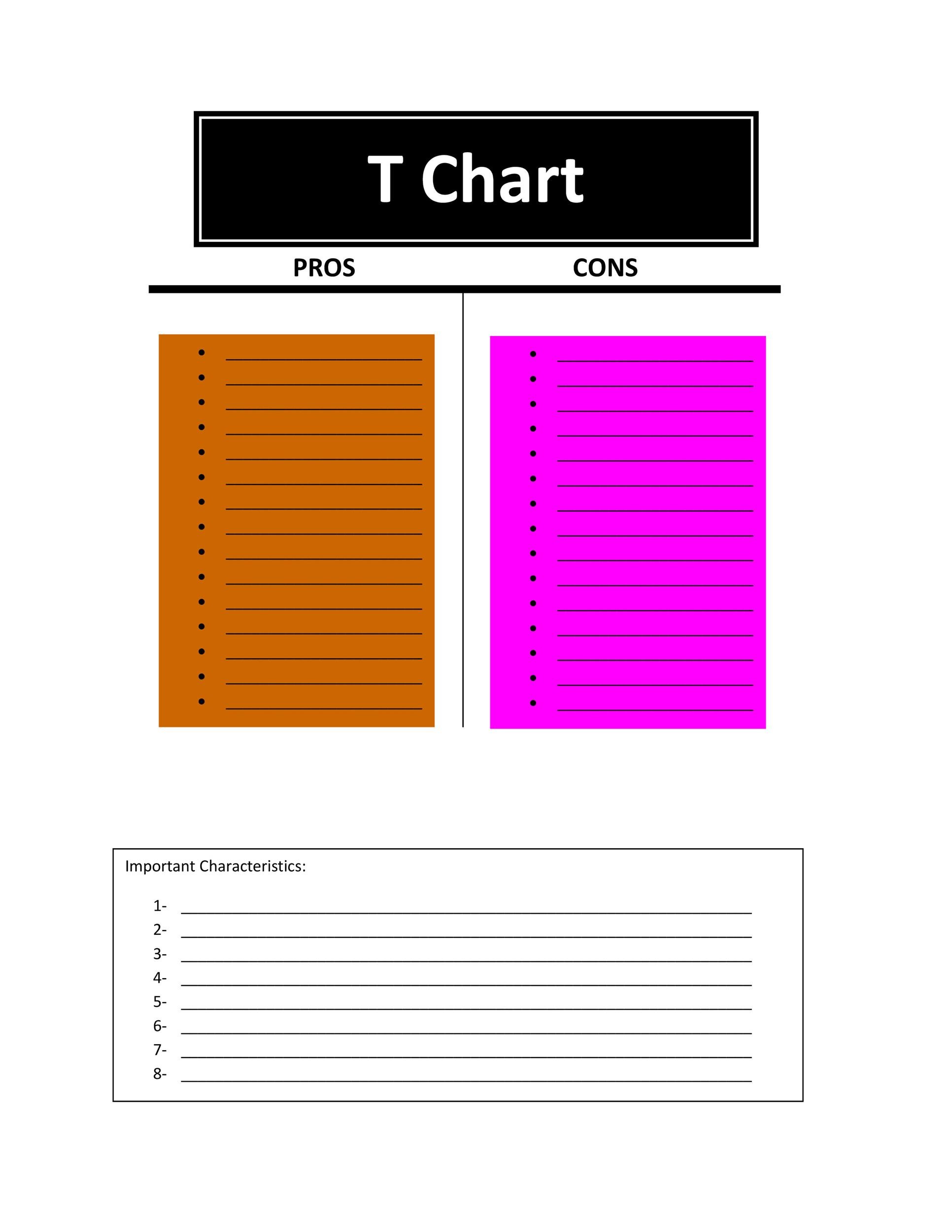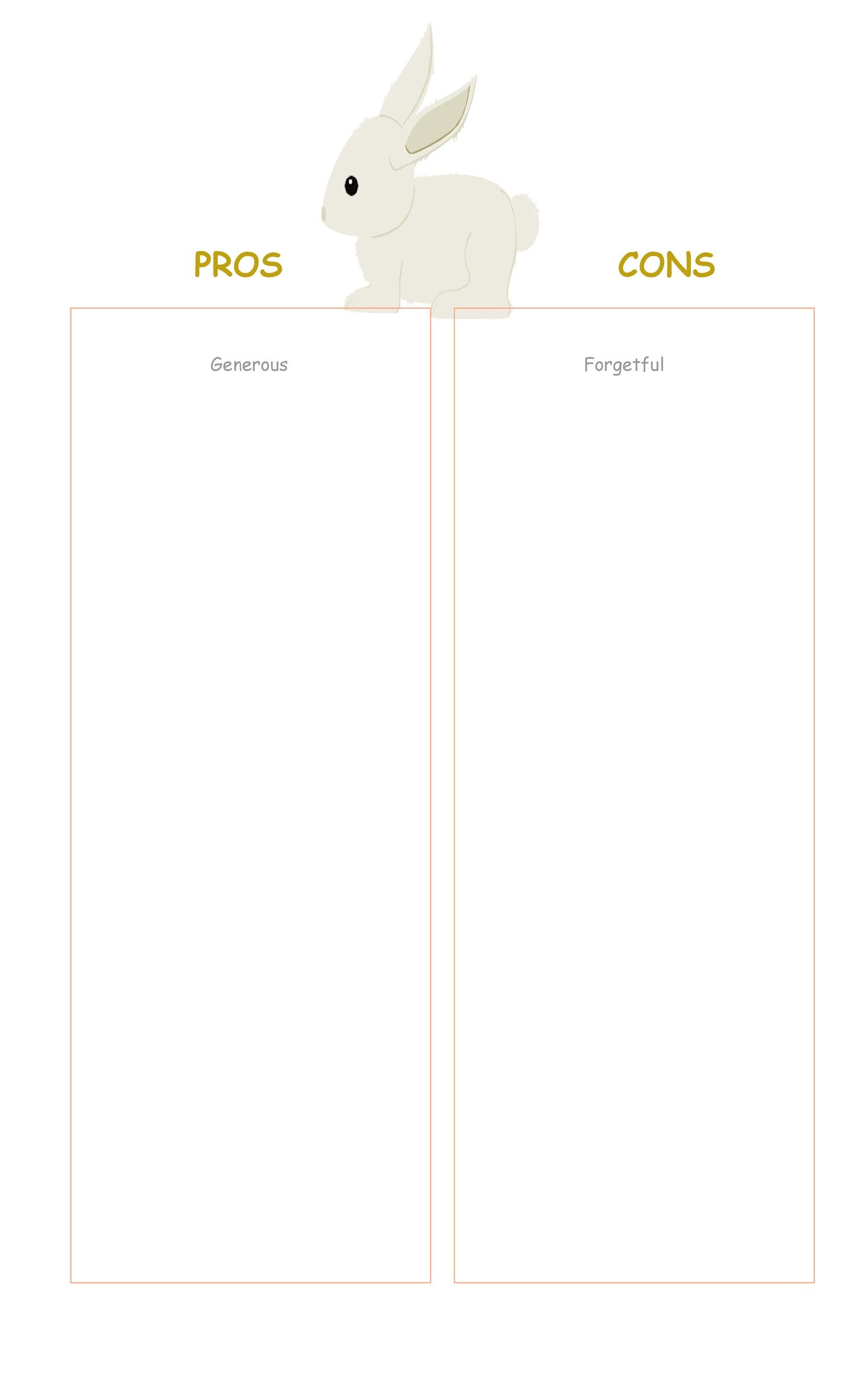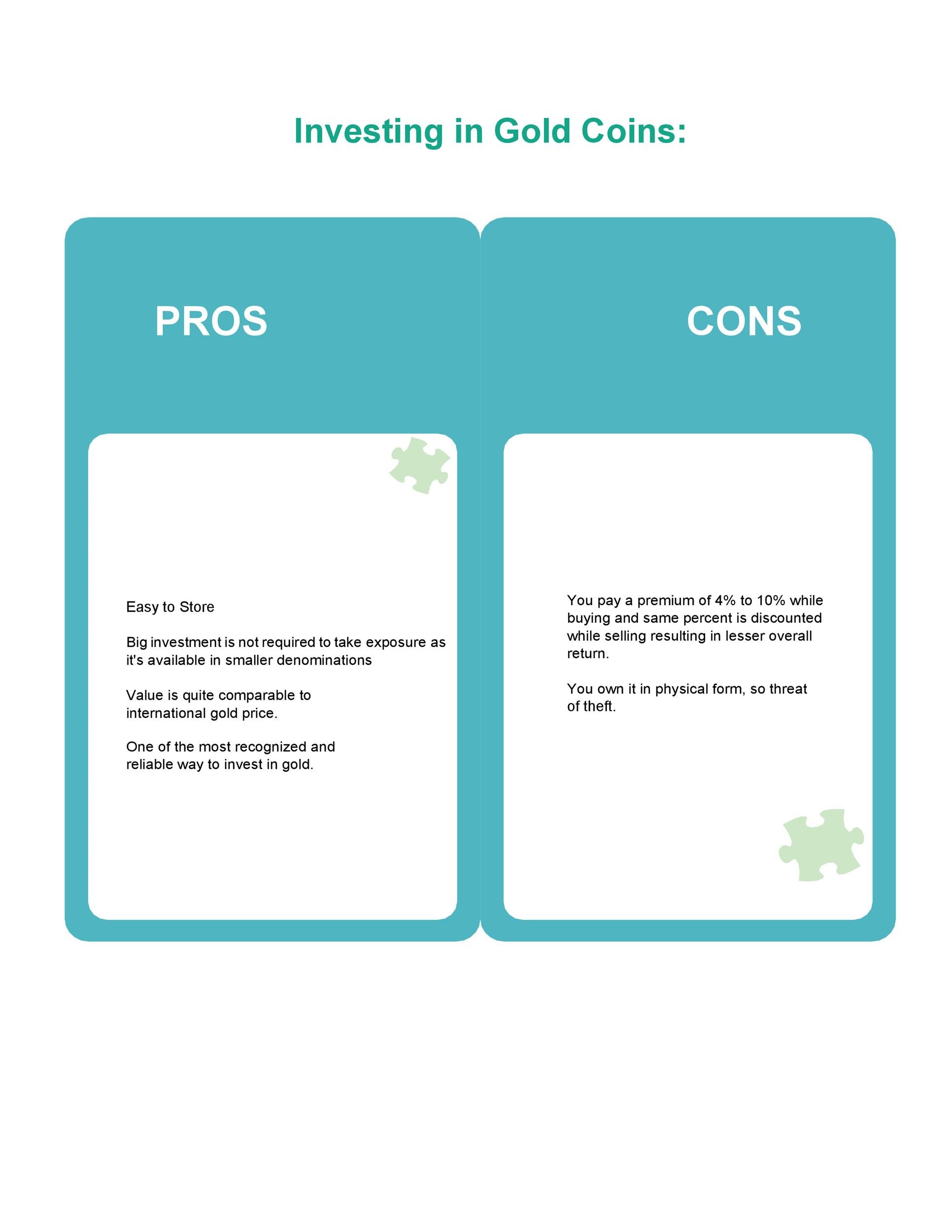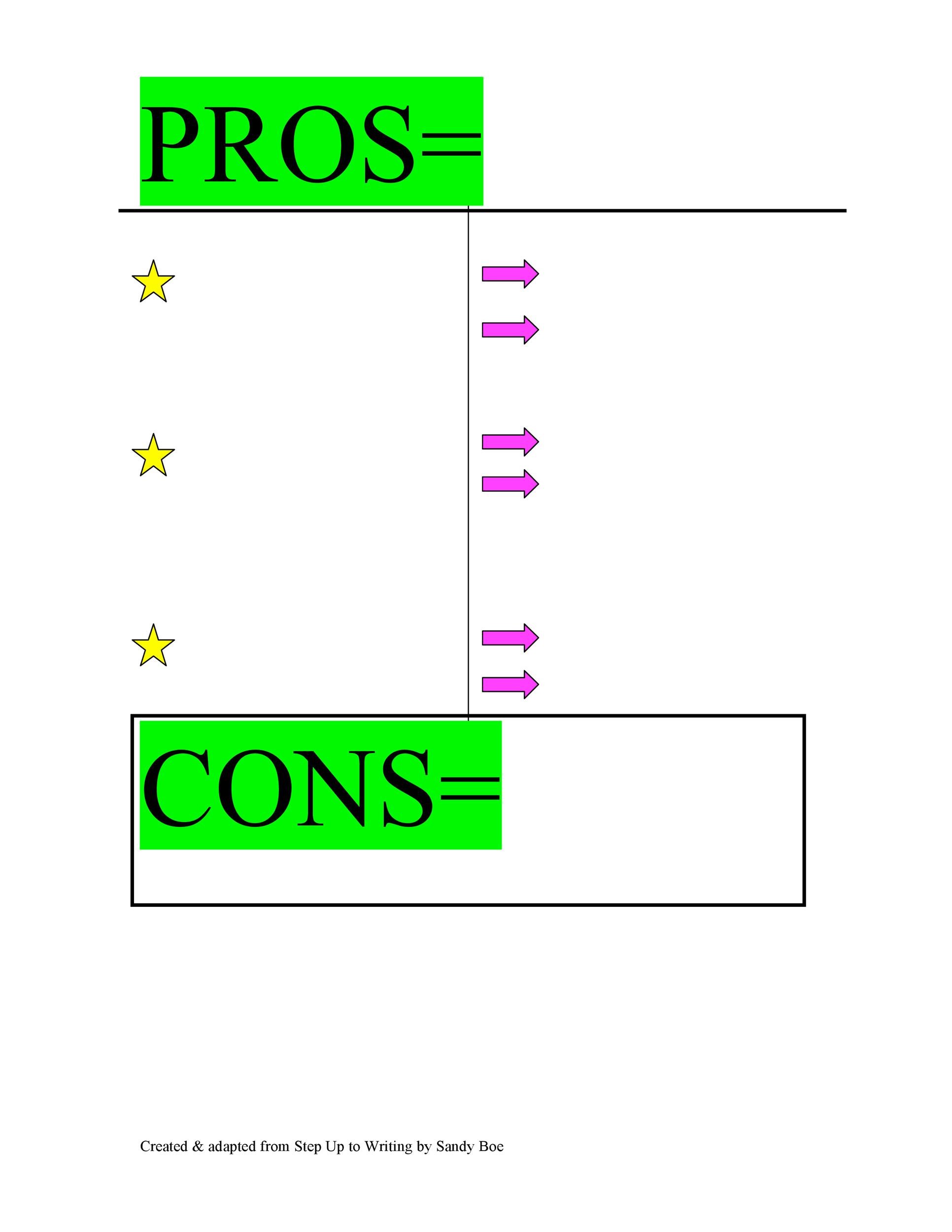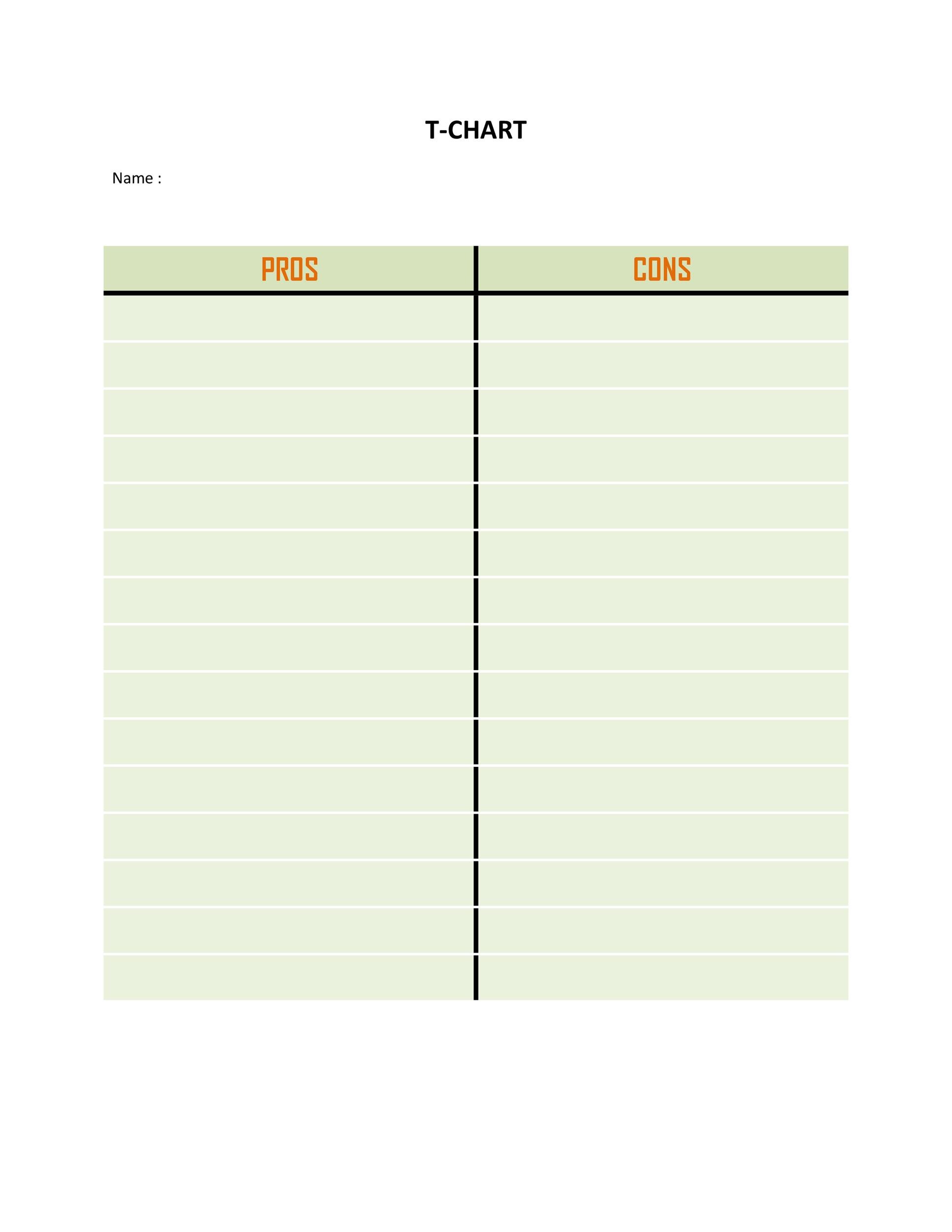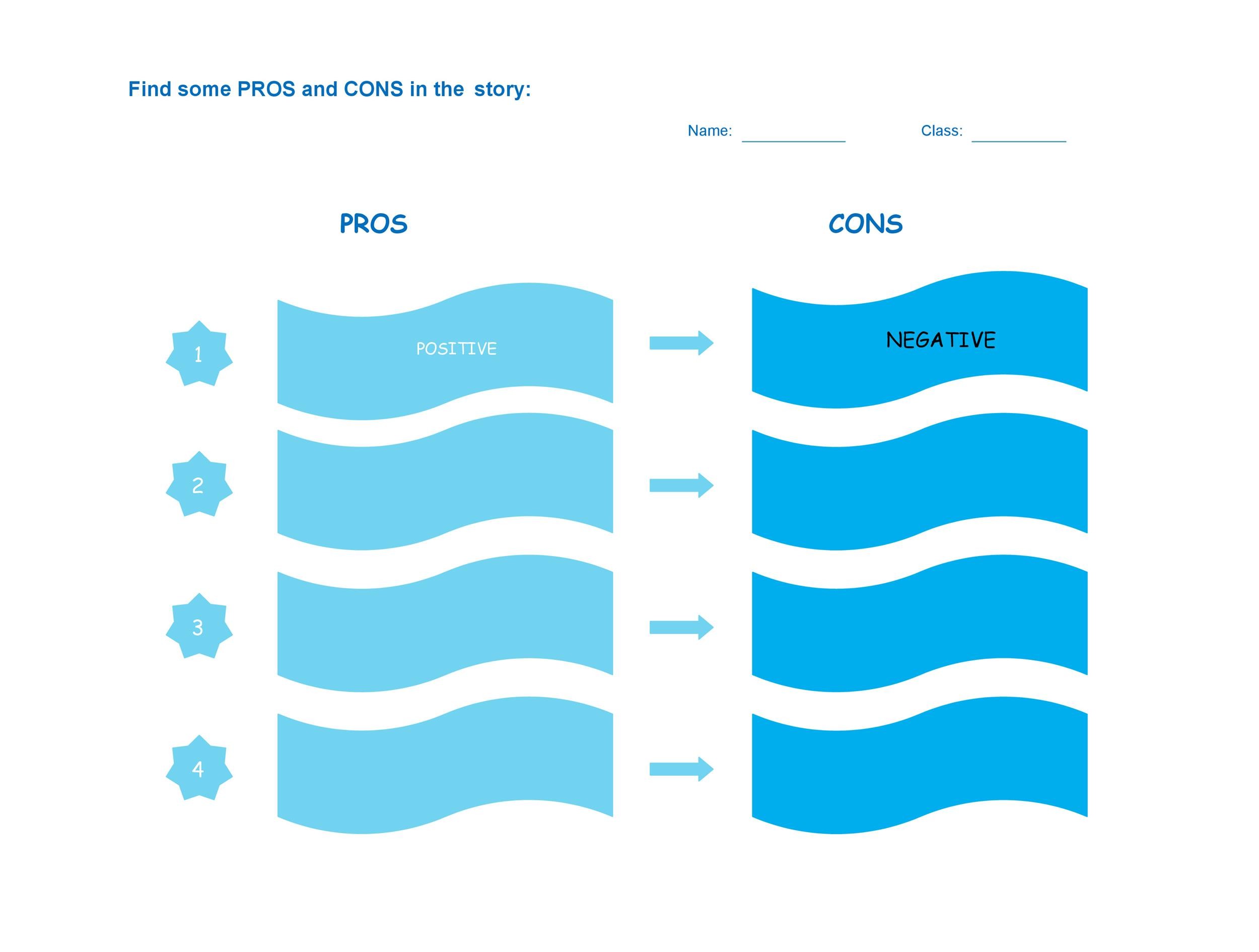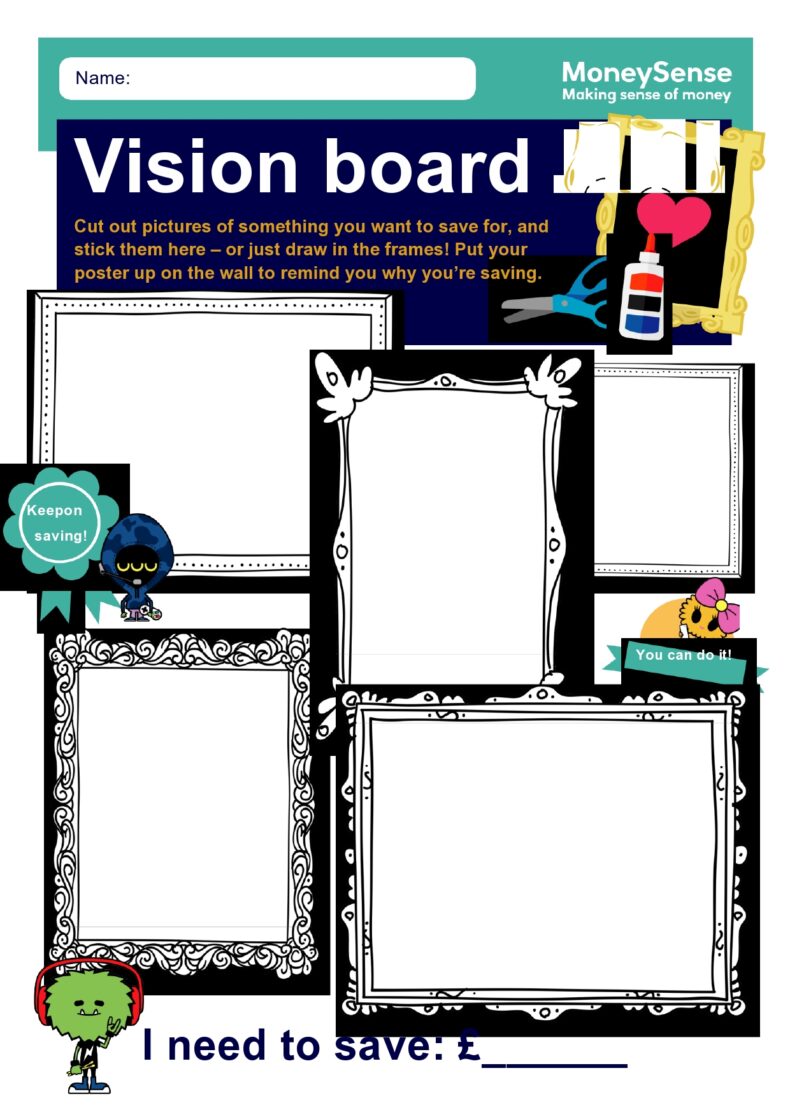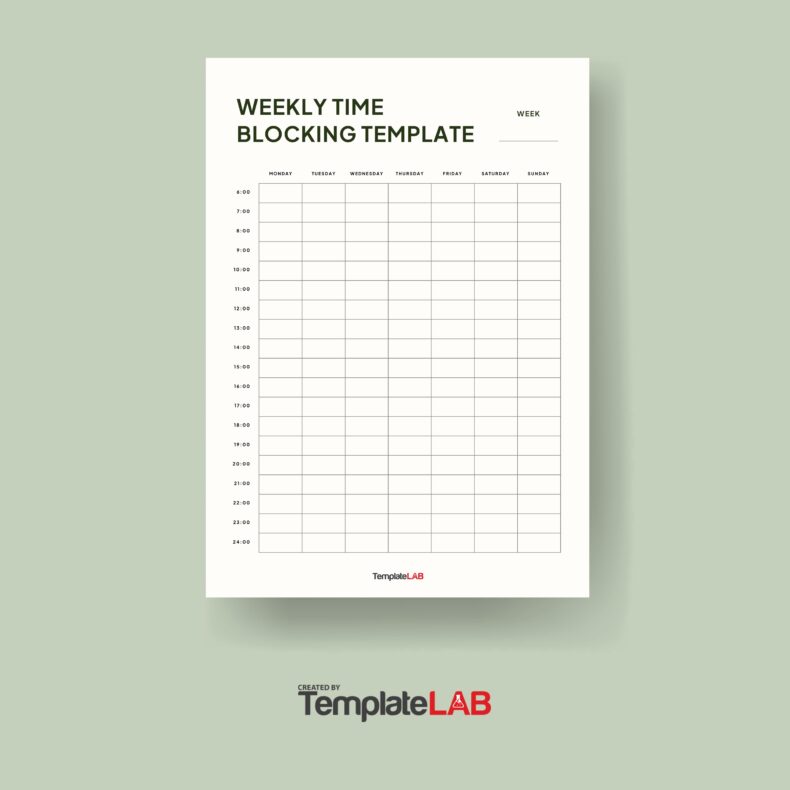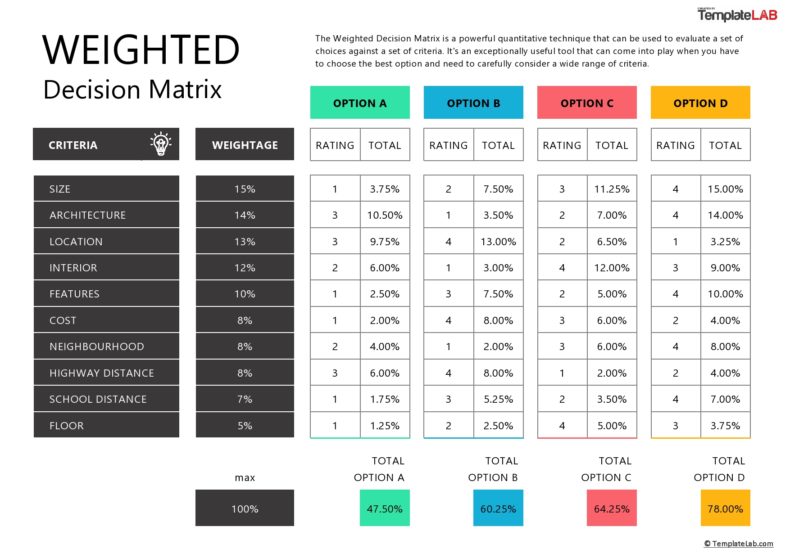Most of us have experienced predicaments of making choices. Making an important decision can directly affect our personal or professional relations. It always boils down to which choice will benefit you the most.
Take into consideration the positive as well as the negative effects of the decision. Creating a pros and cons template can help you analyze the issue at hand better. It will make you more prepared when making your final decision.
Table of Contents
But making the list of items is not sufficient. You should also rate each item in terms of its value and importance. You can make your own rating scale. When making pros and cons charts or templates, consider all of the items involved.
Making such a list is important. It will provide you an easy way to organize your thoughts on hard copy. Making choices can often involve emotions. This might influence your decisions on the matter.
Second opinions are important when making decisions. With a pros and cons list, you can have your decision reviewed by someone neutral and more objective. Such objectivity can make you discover that some items on your list aren’t that important.
Pros And Cons Lists
Why use a pros and cons list?
You can use the pros and cons template as a basis for your choices. Then the list itself becomes a simplified tool for decision-making. Pros are the arguments for the issue while cons are those that are against it.
This would simplify decision-making once you have tabulated both sides. Then your decision would certainly be sensible and informed. This list is useful if you want objectivity to play a more important role in decision making.
This is especially true for decisions that are more complex. You can always rate every argument against several variables to create an efficient list.
The list’s simplicity makes it suitable for situations that involve decision-making. When there are many options, there’s a need to understand all the implications. Whether the decision is as simple as opting to do something or not, you can use the list because it’s versatile.
A pros and cons chart or list becomes more valuable when there are multiple ways to move forward. Writing down the advantages and disadvantages makes the deciding process less subjective.
It’s less-influenced by personal biases and emotions. You’ll compare each of the arguments against another based on relevant data. This can provide evidence that will back-up a particular choice.
Discussing this list among colleagues can make them aware of all consequences. It can also help opposing sides in the group to recognize other people’s opinions. This provides a new perspective on the issue.
Present all the facts on the list. In doing this, the group will be more confident in tackling the issue. Then you can progress better and faster with the decision.
Pros And Cons Templates
The benefits of using such lists
When we involve ourselves in making decisions, we always resort to coming up with a list of pros and cons. Many instances in history have been easily resolved by making a pros-and-cons list.
This list is effective as a decision-making tool. Consider the following benefits when creating a list:
- Such lists are very thorough
When making a list, you’ll exhaust all possible means by gathering data. Then you write down all the data you’ve collected. This will minimize the possibility that you missed some important factors.
Next, assign value to each pros and cons. This exercise will promote more profound thinking. Consequently, it will help to make better-quality decisions. Although simple, the thoroughness of the process is a great benefit. - It provides emotional distance
Relevant decisions always entail some degree of emotional involvement. When creating a list, adapt a “self-distance perspective.” This exercise will treat the issue you need to address as an outside problem.
This eases-out the emotions factor that may surround the decision. You can eliminate powerful emotions by postponing the decision while awaiting the pro-con analysis.
Providing a space in time will allow a cooling-off period for emotions. We all should avoid the occurrence of the “amygdala hijack.”
This happens when a perceived emotional threat can result in extreme actions. Then this often results to undesirable outcomes. - It’s easy to make and use
Another benefit of a good list is its simplicity and its ease to administer. You can easily make a template or download one from here. It should be generally understood without the need for computations and analysis.
Otherwise, the audience will get confused and lose interest. Pros and cons templates become very useful when applied to high-level preliminary thinking.
When the stakes are high in a particular case, strong emotions can influence the outcomes. There’s always a potential interference from cognitive biases, self-limiting beliefs and similar barriers.
You need to address these complications when making high-stake decisions. And it’s easy to do that by making a list of all the pros and cons.
Pros And Cons Charts
Tips for making an efficient pros and cons list
Invariably, pro-con lists are the best tools needed in making decisions. They may be easy to comprehend but often times, getting them right is difficult. Consider these guidelines when making your lists:
- Use the list when you have multiple options
When making a choice between two options, use the pro-con list to come to a decision. It’s not recommended to use these when deciding on more than two options.
In such cases, use a different chart, graph or list to make an informed decision. - Think about your questions carefully
Phrase your questions so that there is always a clear choice and not one that tends to be ambiguous. Always use clear questions rather than ambiguous one.
A question which you cannot answer with either a “yes” or a “no” isn’t ideal. With such questions, you’ll have to resort to some explanation. Questions with clear choices will make your pros and cons more understandable.
You don’t have to think extra hard when you present your pros and cons. You can do so clearly to reflect your choice. If you will share your list with others, also describe your decision. - Only use the differences
When analyzing an option which has the same pros and cons as your choice, exclude it from the list. The pros and cons of one option must differ from your main option. This gives it relevance when making a decision.
Pros and cons should also be in relation to your main option. Make use of comparative words to indicate the differences in quality or quantity. If attributes should exist only for one option, use appropriate words when needed. - Keep it personal
Concentrate your pros and cons on specific situations. Avoid using abstract pros and cons are which irrelevant and unimportant. - Be thorough when making your list
When making your list, try to find out everything about an attribute, the benefits or losses it can incur. When thinking of pros, try to relate these to a corresponding con or vice-versa.
Collect as much information on attributes. Everything that seems to be beneficial could also bring losses. - Try not to repeat information
Make sure that you convey a different idea for each pro or con listing. At times, you may be listing the same pro or con repeatedly but worded differently. Assess each of the pros and cons to make sure they’re unique. - Don’t use compound statements
Combining more than one pro or con in the same point is a no-no. If there are two pros in a statement, split them. Doing so will make for a better presentation of the information. - Make use of categories
Data gathering is perhaps the biggest problem when making a pro-con list. To make your decision more comprehensive, you should get all available data. Make sure, to list down the categories of the pros and cons.
Each category will ensure that you have included down all the positives and negatives of every category.
Making a list of pros and cons is very easy. You can create a template of your own or download one from here. Once you have your template, you can start filling in all the data you’ve gathered. With this list, you’ll be able to make better and smarter decisions.
Using your pros and cons list to make more-informed decisions
You may want to ask advice from your superiors when you have a problem that needs a decision. More often than not, they will recommend that you weigh the pros and cons of your problem.
Then you can make your decision from there. A list offers an ideal solution for analytical and objective minds. It assimilates all data and then makes a calculated decision based on such data.
Bear in mind, though, that the list can have its weaknesses and that it alone may not be able to make a decision for you. This is the reason why you should use your pro-and-con list effectively to elude such pitfalls.
Use the following guidelines for using your list to make well-informed decisions:
Getting started
Guidelines to start a pro-and-con list are simple. All you will need is a writing instrument and some paper where you would draw a line in its middle. Assign one column for the “pros” and the other column for the “cons”.
Also, you may want to write down the topic or the question on top. Next, you will be writing the points down to make a list in each of the columns. Then observe which one requires more thought to make the decision.
Weighing the options
As you go along with your list, you may notice that each point won’t be the same. Even if there are more pros, that doesn’t mean that it would be a better decision. A single ‘con’ point could be more relevant and would weigh more than the numbered pros.
Try giving every point a weighing value which will depend on how important that point is to you. Use a scale from 1 to 10. At the end, sum up all these values and you get overall scores that would reveal which option has more appeal.
Discuss your options before making a decision
We have gone through this before. You may give importance to one point because of a particular notion. Making a decision with this state of mind can make you lose objectivity.
It’s recommended to discuss issues with a neutral party. Consult somebody who has no biases, one who can see things objectively. Even with this help, the decision is still yours. If you want to be truly objective, then seeking an advice can be of great help.
Always be specific
Using really broad terms in your list might not be very effective. Get real by delving further into specifics to get the right feel of things. Try listing down the actual facts which affects the options on your list. It’s easier to list down ambiguous pros and cons. However, this is not a solution.
You can be specific by writing down names of people, places, and other real facts. With all these relevant details included in your list, it will be a lot more useful. You are more likely to have an intense feeling on which option is better or not.
Listen to your instincts
When you have done all these, you may have a winning decision. Having worked out on all the pros and cons will make you see things clearly. When you analyze the data to come up with a decision on your own, you feel relieved and pleased.
Conversely, though you might feel stressed and disappointed. What the list may tell you is that you probably have already made your decision beforehand. You’ve already thought about what to do with the issue at hand, at least unconsciously.
You still have to go with the feeling if it will make you happy. The best benefit you can derive from this exercise is the simplicity. It will help show you what you already knew all along deep down.
This last point is applicable when you want to make personal decisions. It’s not very wise to “listen to your instincts” when making professional decisions.

